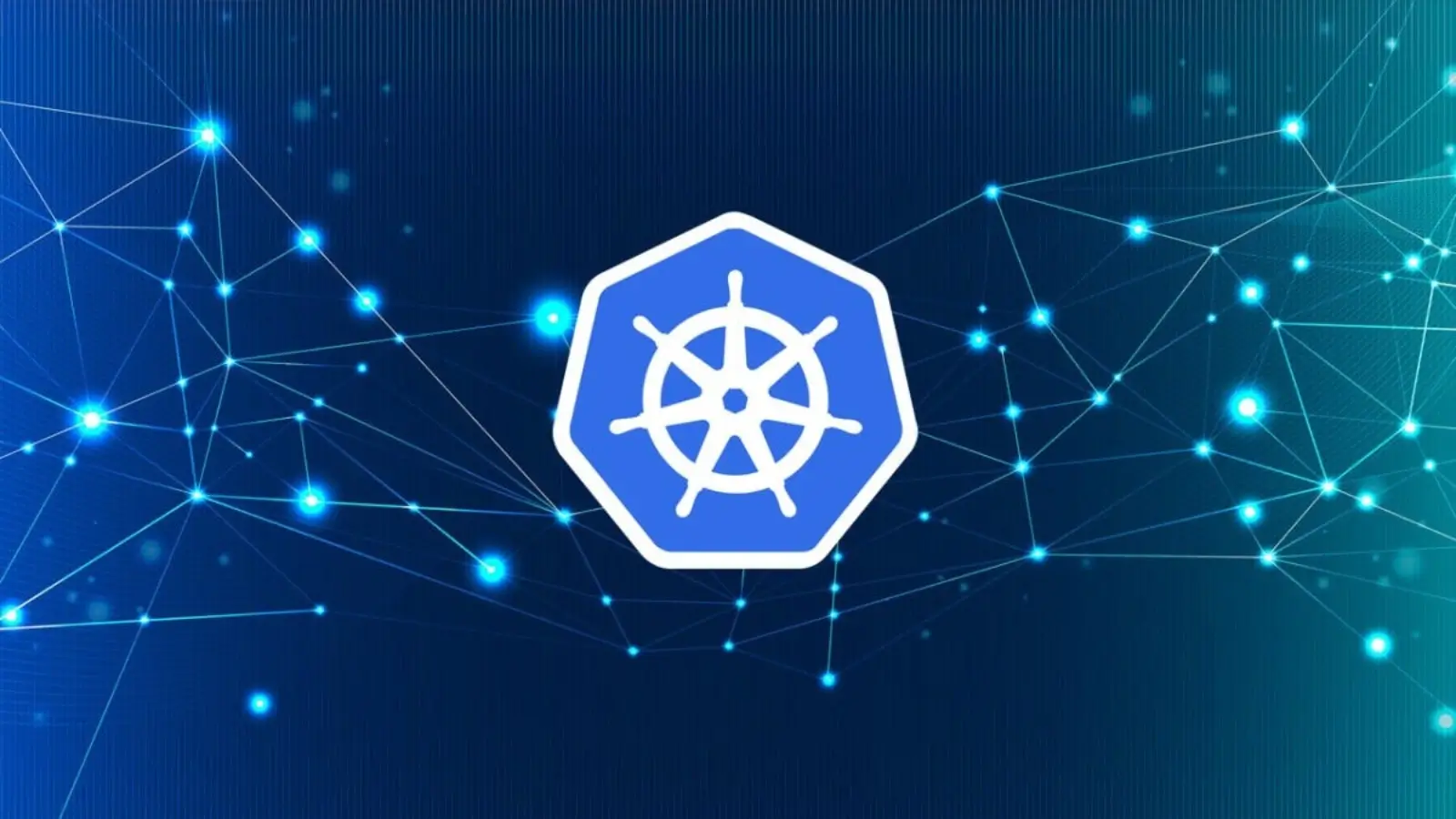


Kubernetes has emerged as the standard for running cloud-native applications. It is easy to manage when you are dealing with a single cluster. But what happens when your business goes across continents, time zones, and markets?
All of a sudden, it is a whole new challenge to operate Kubernetes on a global scale. It gets more complicated and demands a more careful strategy. The following are just some of the most important practices to consider when running Kubernetes on a global scale.
A single cluster is not going to cut it when you are operating worldwide. Multi-cluster setups are necessary due to:
However, more clusters are more complicated. The trick is to make it such that clusters are independent but similar. Have policies, configurations, and tooling standardized in each cluster. This ensures fewer bottlenecks. Still, each region would be able to fulfill its own needs.
Manual processes are not very scalable, especially when you need to run dozens or even hundreds of clusters. Automation is your friend. Lean on Code (IaC) and GitOps practices. They can apply to infrastructure provisioning and application deployments.
This way, changes will be:
It also enables distributed teams to work together more efficiently, as automation is now the language that they all speak.
Blind spots are hazardous at the global level. You must have a clear sight into all the clusters, regardless of their location of residence. The easiest way is to centralize metrics, logs, and traces into observability platforms. This way, issues in availability are easier to identify before affecting users.
Besides failures, you should also monitor:
The ability to view across territories and foresee issues is what makes the difference between healthy platforms and weak ones.
International activities require coping with various rules and compliance issues. What is acceptable in a given country might not be legal in another. Kubernetes provides flexibility. But again, it is your responsibility to implement policy consistently.
The trick is to embrace policy-as-code models. In addition, automate compliance tests. As a result, you can sleep at night without worrying about whether your clusters are safe and compliant wherever they run.
Kubernetes management on a global level is easy, even with the best tools. The ecosystem is dynamic, and blind spots exist. This is why working with professional engineers from https://kubegrade.com/ makes sense. These experts live and breathe Kubernetes. So, they know the ins and outs of managing the system.
Seasoned partners come with time-tested patterns of:
They are aware of the traps and how to shun them. Through collaboration, your internal teams would be able to concentrate on the business-specific issues. They can rely on the external knowledge to ensure that the global platform is stable.
Global Kubernetes management is not complex by itself at the end of the day. It involves creating a resilient, scalable base that will enable your teams to cross borders with innovation.